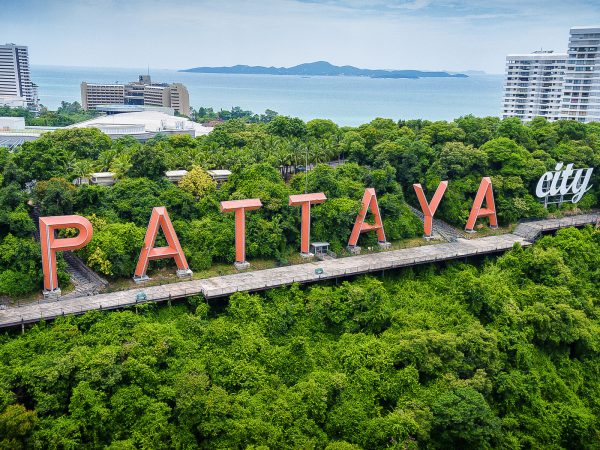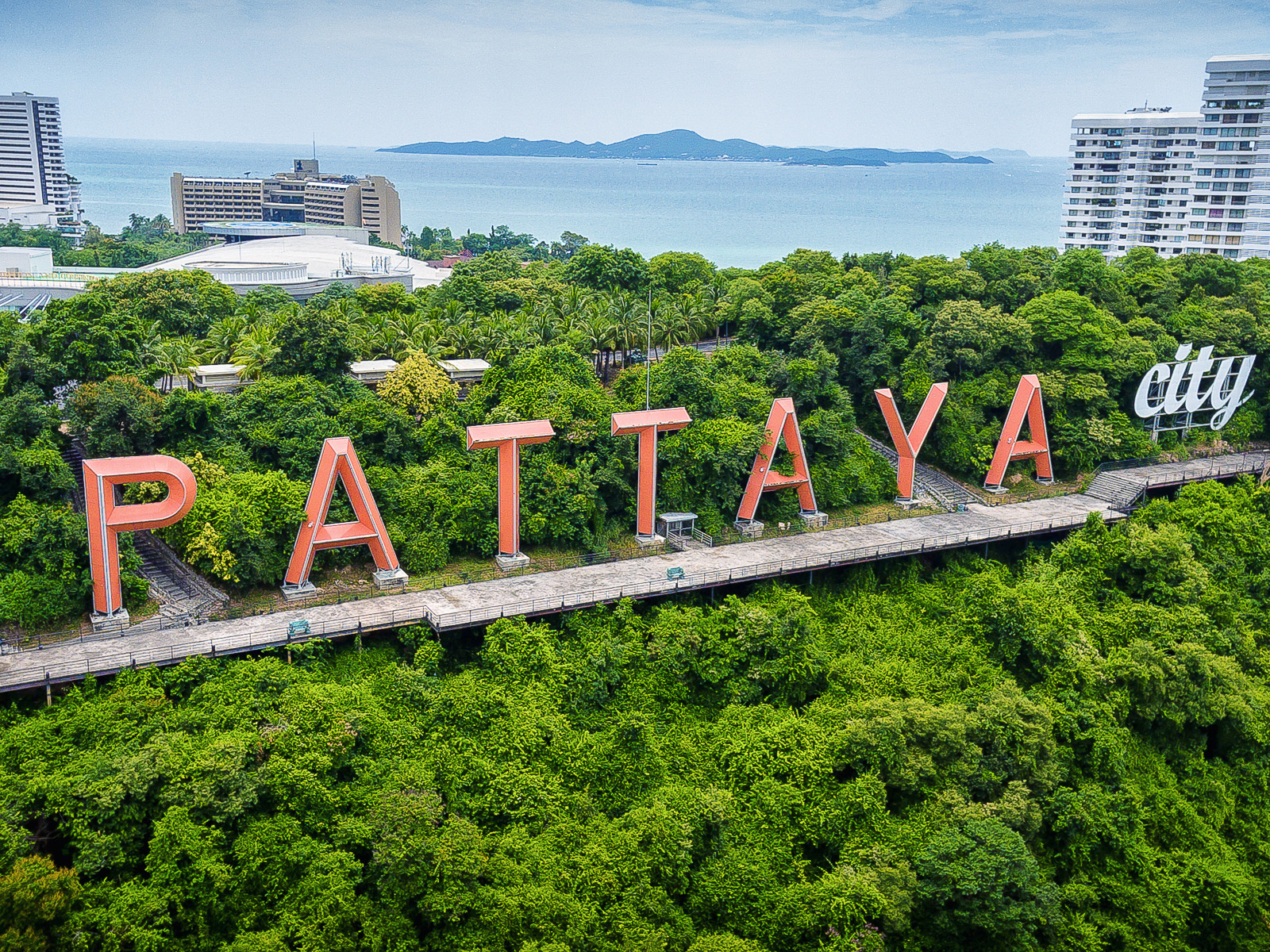PATTAYA, 29 June 2020: Here’s one mother of a memory lane excursion that dates back 20 years when I was the director of marketing and sales at the Royal Cliff Beach Resort in Pattaya.
At the time, I wrote a report for Pattaya’s printed weekly the Pattaya Mail that detailed some of the many improvements that could be carried out to transform Pattaya into a “family-friendly” destination in order to leave behind its nightlife tagline for good. Predictably the same old red-light image continues to haunt the destination decades later although the Covid-19 pandemic did restore beaches and turned the clock back to a Pattaya minus bar land.

I am not an urban planner, so I am sure the authorities have many valid reasons for the current situation, but Pattaya continues to promote itself as a “MICE City” as it did 20 years ago while lacking a central or publicly owned convention centre and it still lacks a public transportation system worth the name.
With the coming of many international hotel brands to Pattaya and the local economy boom generated by the government’s declaration of the Eastern Economic Corridor initiative with vast commercial opportunities waiting in the wings, it is about time for Pattaya to move up a gear.
Covid-19 applied the brakes on Pattaya, and despite its devastation, it could change life in Pattaya as we have known it forever.
Call it Pattaya on “Pause”, and with the announcement of a THB70 million feasibility study to examine the merits and practicality of installing a monorail system in Pattaya, perhaps Pattaya will now have an opportunity to “reset the dial”.
Pattaya needs a public transportation system but one that is more than a “decorative” inner-city monorail system usually linking a downtown district to a theme park. Perhaps a Bangkok style BTS that could turn the city by the sea into a business and events tourism hub for the eastern seaboard. A BTS style system would attract business, investment and commercial enterprises extending the city’s economy beyond the tourism rice bowl.
A BTS style system should run from the city’s bus station in North Pattaya, down the North Pattaya Road and upon reaching the Dolphin Roundabout it should head down the resort’s second road to South Pattaya and then eventually over or under the hill to terminate at Jomtien Beach.
Most of the major hotels in central and South Pattaya, as well as the major Central Festival Shopping Mall, could connect directly to the system via Sky Bridges.
Looking further down the track could we see a second phase from the Dolphin Roundabout down the beach road to the edge of South Pattaya Beach as well as along the Pattaya – Naklua Road to connect the major hotels?
I am feeling optimistic. There could be a third phase, along Jomtien beach or Jomtien’s second road to connect Jomtien with the system.
On Jomtien’s vast bay, the city’s convention centre could find a home to support the region’s meetings business (which will become more “local” as the EEC projects develop).
Or the city’s convention centre could take shape on real estate that once housed a megastore on the second road in North Pattaya. If Pattaya Council is unable to buy the site and invest in building a convention centre, perhaps a private venture could take on the challenge?
So with a world-class transportation system linking the bus station, major hotels, shopping mall as well as a convention centre, Pattaya could take advantage of domestic tourism, the changing MICE landscape and the seeming avalanche of opportunities that will be presented through the EEC projects as well as the high-speed rail link. Once the high-speed trains network opens, Pattaya will be linked to three airports — Don Muang and Suvarnabhumi in Bangkok and U-Tapao 40 km further south from Pattaya.
Twenty years on the dream is still alive to build back better, and now the Covid-19 pandemic has underscored the crucial importance of domestic tourism and locally generated events for the Pattaya of tomorrow.

The Author
David Holden is a 50-year travel industry commentator who ran the Mayfair offices of Thomas Cook in London before he led the Royal Cliff Beach Resort’s sales team as the director of marketing and sales. He later held the post of managing director at a regional company headquartered in Thailand focusing on hospitality, MICE and hotel representation before serving as a hotel general manager.








I think it was Charlie Chaplin, who had a truly terrible early life, who said “If you spend your life looking down you will never see a rainbow”.
I can sense your deep frustration but the very fact that the Council is prepared to spend a stonking THB 70 Million on a Feasibility Study would appear to indicate that they have a large war chest available once a project is identified. Add to that the fact that, since Pattaya will likely be at the centre of the EEC and its mega development projects, a grant may be available from the Government, plus there is also the possibility of Private Investment and there is no reason at all why the funds may not be available for such a project – especially if it is split into three phases.
Small thinking achieves small results.
I share your frustration regarding the periodic flooding in some areas of Pattaya but perhaps that question and all others regarding any perceived infrastructure shortcomings would be better directed to Pattaya Council?
One thing is for sure, with all the changes that Covid has brought and the opportunities and growth which the EEC will bring, a fully functioning, integrated Public Transport System for Pattaya is a must.
What you describe is decades away. I will never see those changes in my lifetime nor will you. Where is all the money supposed to come for this transformation? The infractructure is antiquated. All the utilities must be underground through out Pattaya. What are your suggestions to prevent flooding of sois during heavy rainstorms. Pattaya has many challenges ahead and will need time and money to change. I would prefer to see either an extension of the skytrain from Bangkok to Pattaya. Perhaps, a high speed rail network to connect both. Chinese or Japanese companies lead the way in rail construction. Involve them. Did you see Shanghai’s Mag-Lev system. That is futuristic thinking. A 70 Million Baht feasibility study is just a total waste of money that could be put to other uses. Perhaps, feeding the poor for instance. There has been decades of talk about change. The result is to talk more, study more etc. We will never see it. I can assure you regarding that.